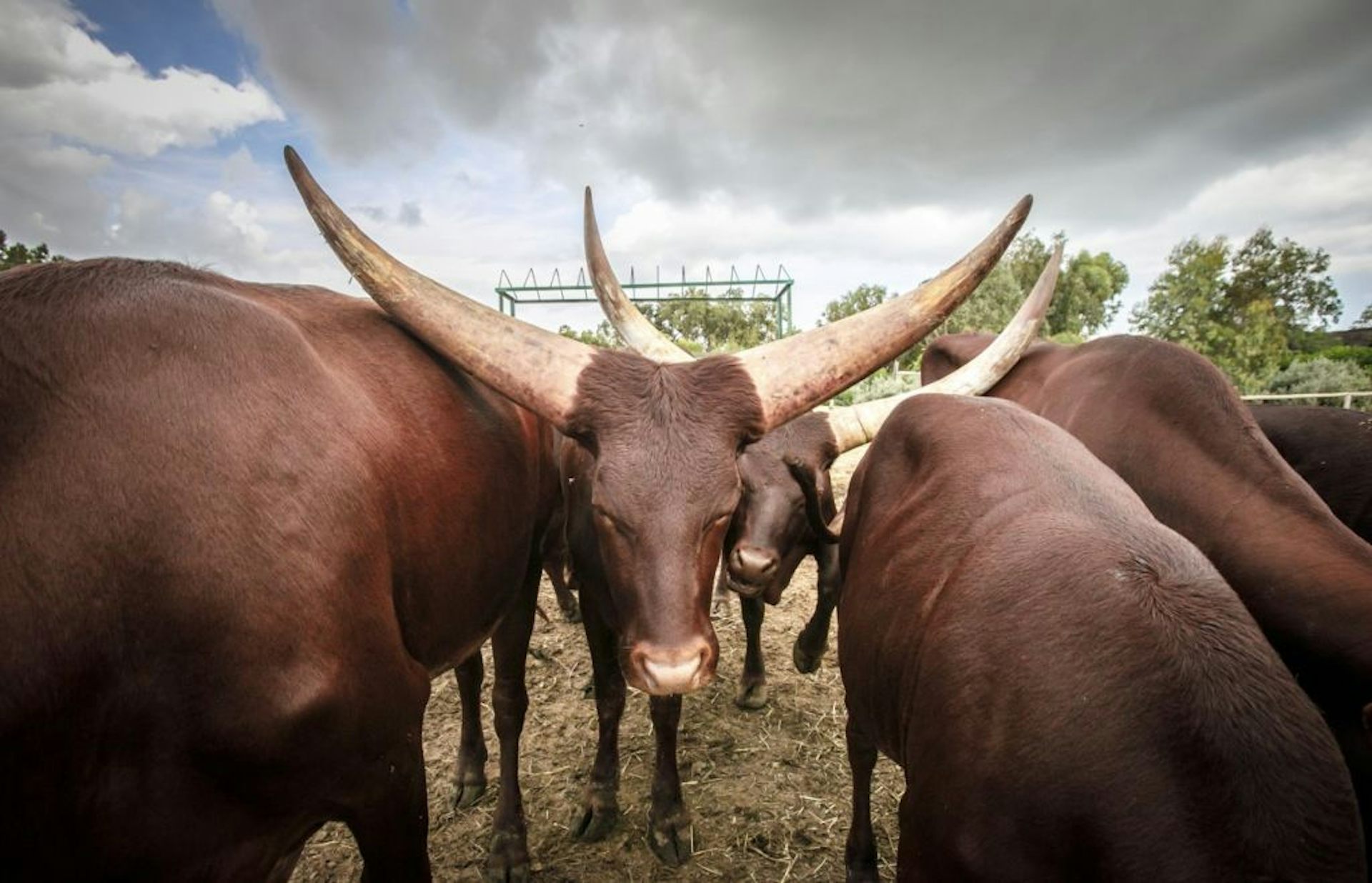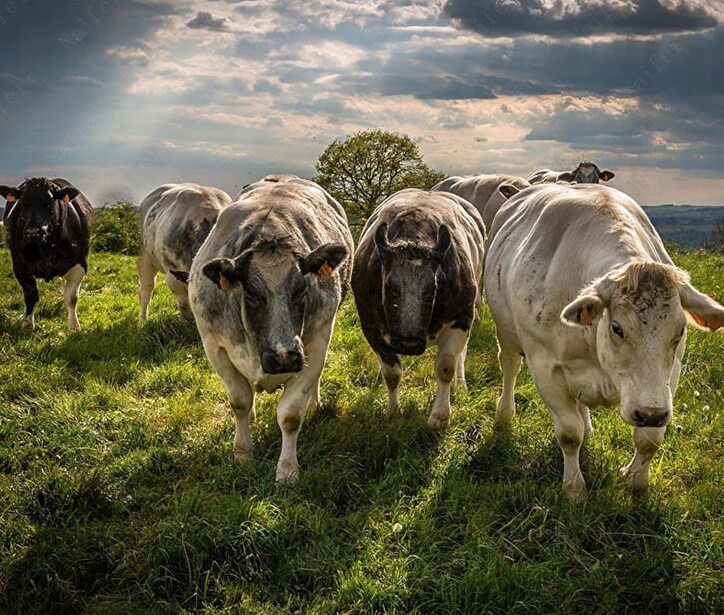

The hypothesis of the present study is that morphological features of tongues differ between tick-resistant and tick-susceptible breeds of bovines in such a manner that grooming and tick removal is more efficient in resistant breeds. The filiform papillae are located mainly in the anterior third of the tongue and are also used for grooming. The bovine tongue has four types of papillae: filiform, fungiform, foliate and circumvallate forms. In particular, it remains unknown whether there are any differences in the morphology of these breeds’ tongues that might affect the efficacy of the grooming process.

However, there is a lack of knowledge about the role of grooming in reducing tick infestations. It is well known that indicine breeds are resistant and taurine breeds are susceptible to this tick. It gives rise to great losses of livestock production in Brazil and in other countries where this parasite is present. The cattle tick, Rhipicephalus microplus, is one of the most harmful among the ectoparasites that affect production animals. The tongue is the main tool that ruminants and other animals use for grooming. The importance of self-grooming for reducing tick infestations in cattle is well documented and is one of the most important defense mechanisms against this parasite. Spacing between papillae is smaller in Nelores, thus their tongues may be rougher and, consequently, more effective in removing tick larvae during self-grooming, explaining the greater resistance to ticks among Zebu breeds of cattle. After infestations with equal numbers of larvae, loads of adult ticks were inversely correlated with length of papillae and directly correlated with distances between the apices of papillae ( P = 0.014 r = −0.566 and P = 0.018 r = 0.567, Pearson product momentum correlation, respectively). One-way analysis of variance detected significant differences between morphological features of tongues from indicine and taurine breeds: Nelores had longer papillae (mean of 2.3 mm ± 0.029 SD P < 0.001), and more papillae per cm 2 (mean of 25.2 papillae ± 1.92 SD P < 0.05) than European bovines (means of, respectively, 1.8 mm ± 0.027 SD and 20.9 ± 0.74 SD papillae per cm 2).

Biopsies were taken from identical positions of tongues and measured by scanning electron microscopy. This study compared features of the filiform papillae of tongues in eight Nelores (indicine breed) and eight Holsteins and two Brown Swiss (taurine breeds) and verified how they associate with tick loads. However, the role of tongue morphology, notably the filiform papillae, in this process is not known. Animals use their tongues for self-grooming, an important behavior for ridding themselves of ectoparasites. Indicine breeds of bovines are highly resistant and taurine breeds are susceptible to the cattle tick, Rhipicephalus microplus, a species which causes great damage to livestock.


 0 kommentar(er)
0 kommentar(er)
